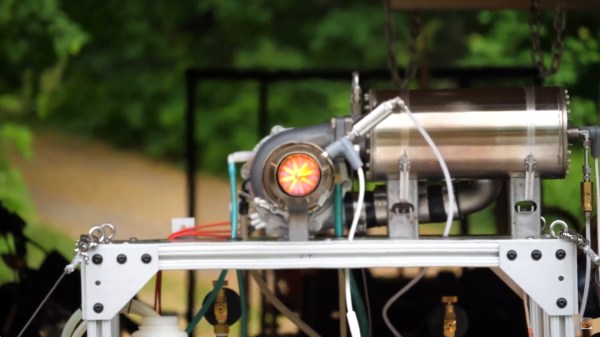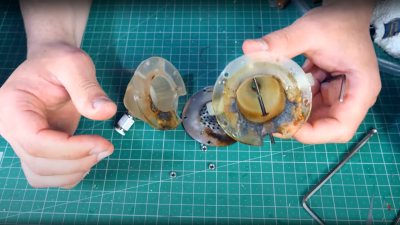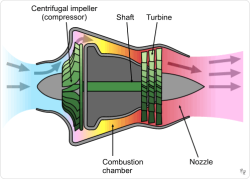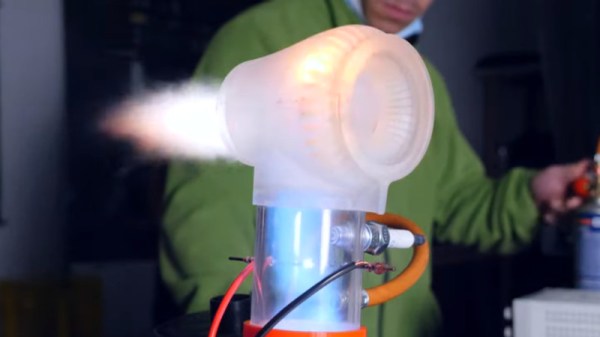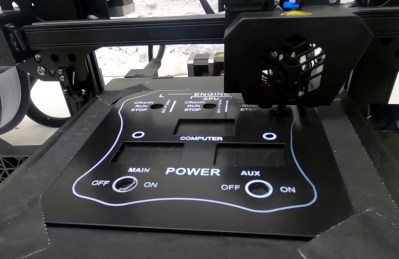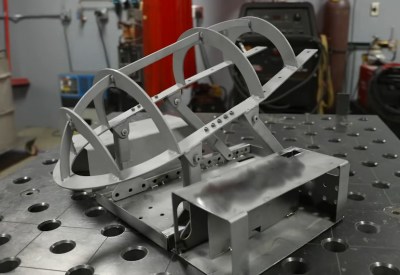You don’t happen to own and operate your own turbojet engine, do you? If you do, have you ever had the urge to “kick the tires and light the fires”? Kicking tires simply requires adding tires to your engine cart, but what about lighting the fires? In the video below the break, [Tech Ingredients] explains that we will require some specialized hardware called a re-heater — also known as an afterburner.
[Tech Ingredients] does a deep dive into the engineering behind turbojets, and explains how the very thing that keeps the turbines from melting also allows an afterburner to work. Also explained is why it can also be called a re-heater, and why there are limitations on the efficiency.
Moving on to the demonstration, two different homebrewed afterburners are put to use. The second iteration does exactly what you’d think it should do, and is a mighty impressive sight. We can only imagine what his neighbors think of all the noise! The first iteration was less successful, but that doesn’t mean it isn’t useful, and we’ll let you view the video below to see what else an afterburner can do. We’ll give you a hint: Worlds Biggest Fog Machine.
Does the thought of thrust turn your turbines? You might enjoy this motor-jet contraption that looks almost as fun as the real thing, but 3D printable!
Continue reading “Adding Voluminous Joy To A DIY Turbojet With A DIY Afterburner”

